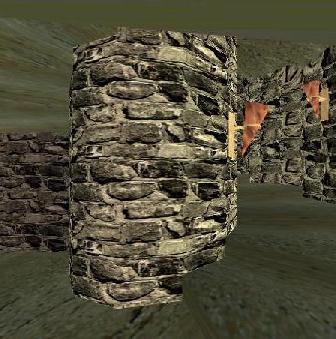
|
Mircea Eliade speaks of "sanctification, death, love, and liberation are
implied in the symbolism of the stairs. This is because it elevates itself from
a center. It communicates different levels of being. It is a concrete
formulae for a mythical scale and a spider's web which united the three cosmic
zones."
We take the stairs upward to other rooms and other contexts.
|
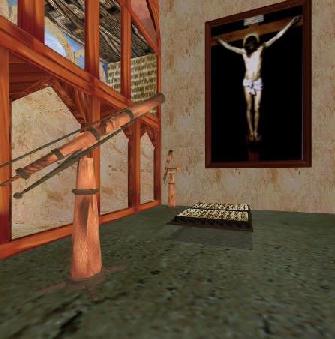
|
The library of Velasquez had 14 books of astronomy, cosmography, and astrology.
There are other evidences
that he liked to study the heavens. After his death five telescopes were found
and he had frequent access to a tower from which he could study the skies. Some
typical stars you could see from the tower are Ursa Major, the great bear.
|

|
Picasso and Medvedev both painted numerous studies of Las Meninas
as if enchanted or possessed by the work.
Like beacons, these modern pieces lead us towards the 20th century.
In the background, the atonal sounds of chamber music by the
modern composer, Gyorgy Ligeti, prepare us for the final room.
|
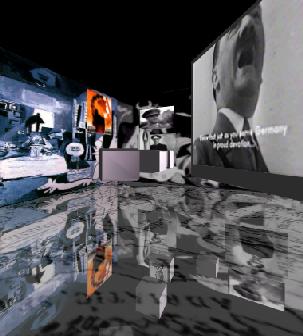
|
Regarding the mysterious voyeur in Las Meninas, could
he be involved in a conspiracy of betrayal? A plot to
overthrow the monarchy during a moment of vulnerability and,
in it's place, substitute tyranny and opression?
We wonder this as we enter the chaotic room of
dictatorship and revolution.
The dissonance of Alfred Schnittke's music
reminds us of a legacy of pain and struggle from totalitarian regimes.
Schnittke, himself, employs a style of composition that breaks free
of tastes dictated by the Soviet state as well as academia.
|
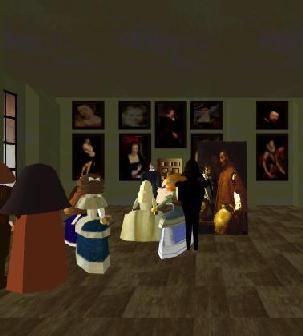
|
Returning to the meninas room we realize that we can never hope to know beyond a reasonable doubt,
what exactly these pictures show.
|
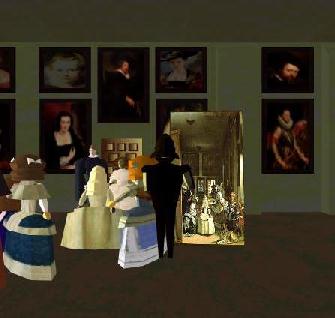
|
These pictures are visual enigmas, riddles upon riddles,
in which nothing is as it appears to be.
We can only be sure that these images construct a
puzzle for us to inquire, to search, to think.
|
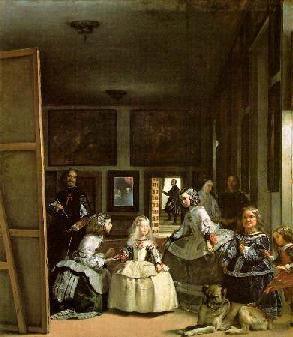
|
Our exploration of Las Meninas is now complete.
You see different things, yet it is the same.
|






